Two years ago, Speedwell Court embarked on a huge kitchen garden design building 65m2 growing space. The aim was to be able to reduce food cost, have an environmental impact, and incorporate gardening into the activities for the residents to enjoy and be a part of the process of growing vegetables.
After a lot of hard work and planning and sowing, the home is able to grow and be self-sufficient in terms of herbs, salad and seasonal vegetables. The garden is a great talking point for the residents and families who come and visit.
The kitchen garden doesn’t mean the residents eat the fresh vegetables picked just hours before serving, but it also supports overall food production and the residents’ mental health, along with wildlife and the environment at Speedwell Court:
- About 30% of our food relies directly on insect pollination.
- Multiple studies have shown that exposure to greenery comes with a range of metal health and physical health benefits.
- Growing your own food reduces carbon emissions and reduces pesticides and fertilizer use, which has a massive impact on our environment.
- Making your own compost bins is very easy to do all our brown waste, green waste and even the kitchen waste goes into the bins which reduces the impact on our environment.
- Preserving peatlands is vital for the unique biodiversity they support, as well for the wider environment. These habits are important carbon stores and draining them from peat extraction releases carbon dioxide, contributing to climate change.
Gardening can be challenging but also extremely rewarding, and this season has been no exception. After the very cold start of the year the vegetables had a slow start, but, with careful planning, the home is starting to see results.
Here are a few examples of the produce they have grown so far this year.
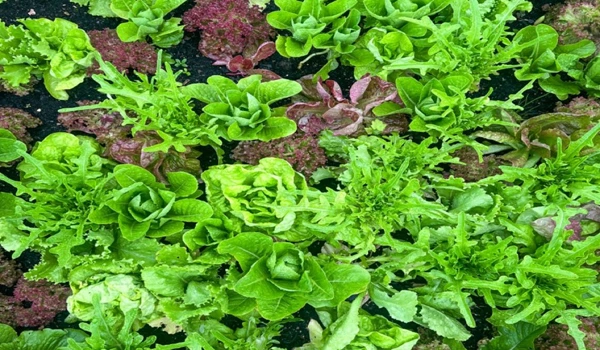
Mixed salad sown and planted by residents.

Pickling cucumbers which will be used for Ploughman’s lunches.
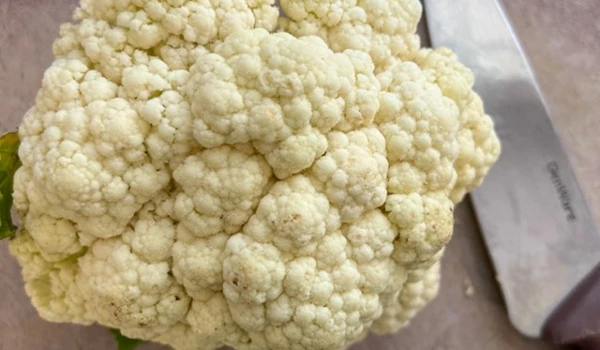
Cauliflowers have been slowing growing it takes 3-4 months but these have been 4-5 months but on the upside of slower growing. Cauliflowers tend to blot but as you can see it’s been a great crop so far.

Utilising growing vertically - here are summer squash nearly ready for harvesting.
Growing vegetables requires planning the sowing and ensuring you have a space to plant out after germination. Speedwell Court will start thinking about planting hardier vegetables, such as winter brassicas like savoy cabbages, leafy greens and leeks.
Here is a step-by-step guide on how to sow seeds that can handle colder weather and survive the winter.
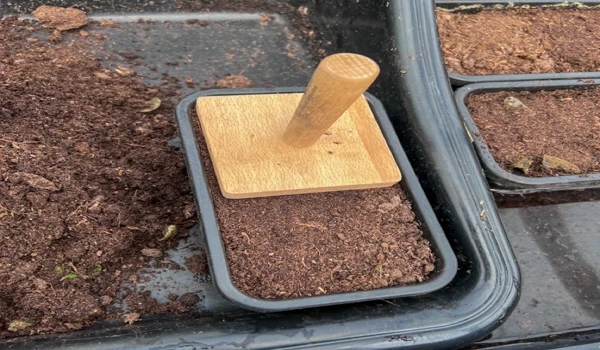
Step 1
Fill a seed tray with a good quality compost and firm down, either using your hands or another seed tray.
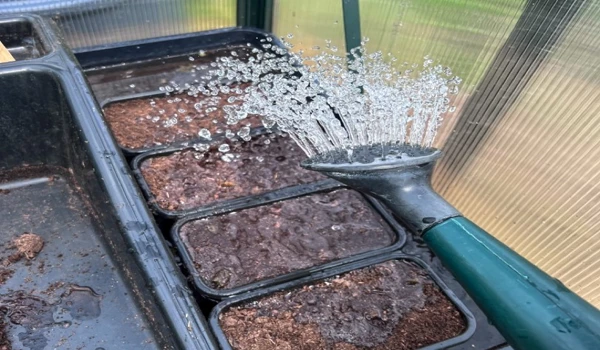
Step 2
Water the compost and let the water drain through so it becomes moist.
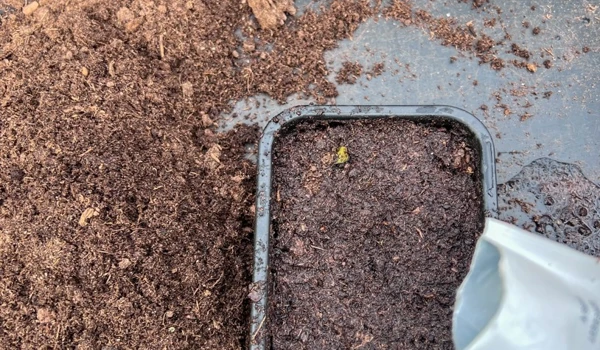
Step 3
Sow the seeds you have chosen by lightly sprinkling them onto the compost.
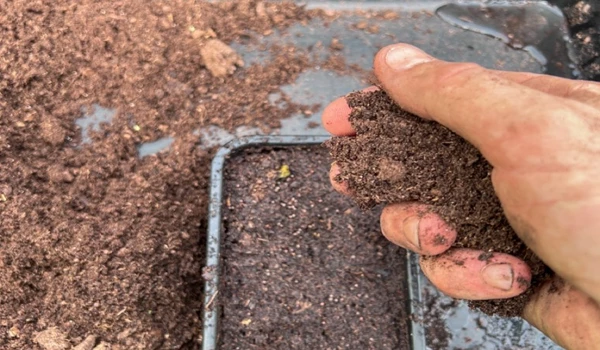
Step 4
Cover the seeds with a light dusting of compost.

Step 5
Most importantly, always label what you have sown.
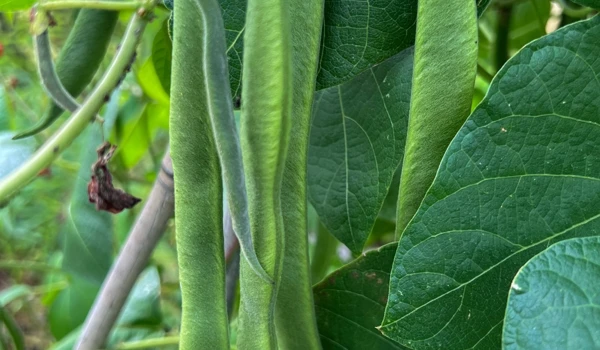
This step-by-step guide can be used for all seeds, including flowers. Saving seeds is also possible, but it requires space that could be used for growing more food. However, when possible, it's a great way to save money. In the picture, these seeds have been saved year after year. These runner beans were saved from a plant belonging to one of Speedwell Court's residents, who has grown the same beans for years.
